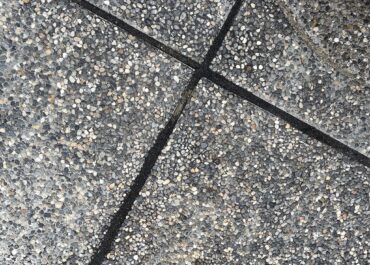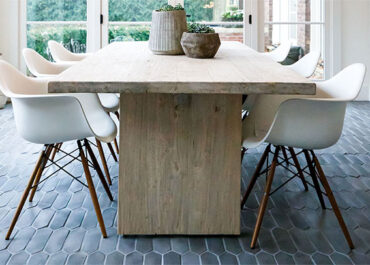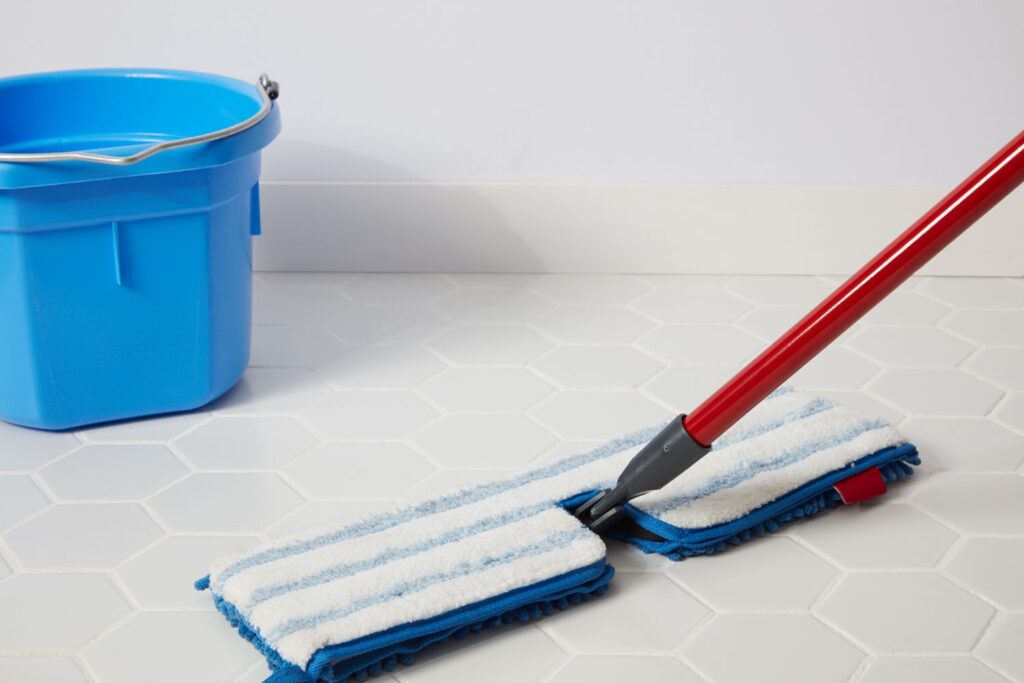
Porcelain is finally taking the spot it deserves in the hardscape world. For years, it was wrongly thought to be a fragile and expensive material to be used as pavers. That has changed, as many homeowners are starting to see the benefits of it, especially in the maintenance aspect. So why is the maintenance of porcelain pavers so worth it, and how to best clean porcelain pavers?
In a world where cost-benefit is becoming more and more important, porcelain pavers are on to the top of the chain. They are virtually maintenance-free, so cleaning them is an easy business.
They are designed to last for years without high investments in sealing and maintenance, which makes them perfect for the modern homeowner who, sometimes, does not have all the free time in the world to clean pavers.
So let’s present you a guide on how to clean porcelain pavers and then expand on why porcelain is such a great choice of material nowadays.
How to Clean Porcelain Pavers: Polished and Unpolished Finishes
When choosing to use porcelain in your design, you can go for a polished finished, an unpolished (unglazed) finish, or a textured finish, which we will talk about in the next section.
All the finishes work the same, with only the textured one requiring a little more care, so you don’t have to worry that much. Again, porcelain pavers are of extremely easy maintenance, sweeping them once or twice a week is already good enough.
As long as you maintain regularity in cleaning, let’s say sweep every day and wash once a week, you won’t have to worry about dealing with more difficult stains.
The first step to cleaning porcelain pavers is to sweep them. And for that, you want to avoid hard-bristled brooms, as they can scratch the surface of the pavers. In fact, it is recommended that you use a dust mop instead of a broom. Vacuum cleaning is also an option.
After sweeping the pavers, you will start the washing process. Make sure you’re using a pH-neutral cleaning solution, anything else should not even come close to porcelain.
Mix the solution with hot water and douse the pavers. Let the solution act for about 10 minutes and then mop it away. You need to rinse the tiles very well after that, no cleaning solution can be left on them.
With the rinsing of the cleaning product done, it is time to slightly dry the pavers, using a clean mop or rag. They won’t be dry immediately, but that will eliminate the excess and help the process.
Cleaning Textured Porcelain Pavers
Textured finishes, as we mentioned, are a little more difficult to clean, but still easy enough.
The problem with textured finishes is that they need to be cleaned more regularly, but if you follow our “sweep every day, wash once a week” schedule, you’re golden.
The structure is exactly the same: sweep, wash, rinse, dry.
However, for textured surfaces, the sweeping process needs to be more thorough, as dirt can accumulate easily. Make sure to sweep in the direction of the texture and also diagonally, to reach all the possible hiding places of the dirt.
Also, during the washing, you want to lightly brush the dirtiest places. Use a soft-bristled brush for that and be very careful. You can use the same technique you used for sweeping it: direction of the texture and then diagonally.
The rinsing and drying are the same as with the previous finishes, the only difference really is on how thorough is the sweeping and washing process.
Why are Porcelain Pavers so Good?
Porcelain has been used for centuries in several cultures around the globe. Thanks to its delicacy, combined with astonishing resistance, it can be used for many purposes.
Porcelain is essentially a form of ceramic, but a very special type of it. The clay used in porcelain making is purified and refined to the highest possible standards and cooked in temperatures that go as high as 1,400 °C.
But what truly gives porcelain its magic is the use of a mineral called mullite in its fabrication. The mullite, when submitted to high temperatures, becomes a form of glass. That’s what makes the pristine quality of porcelain during a process called vitrification.
The vitrification in combination with the high resistance of the porcelain makes for a perfect material to be used as a paver because it doesn’t even need to be sealed.
Porcelain pavers are incredibly easy to maintain and extremely durable, making them one of the best options for pavers, from a long-term perspective.
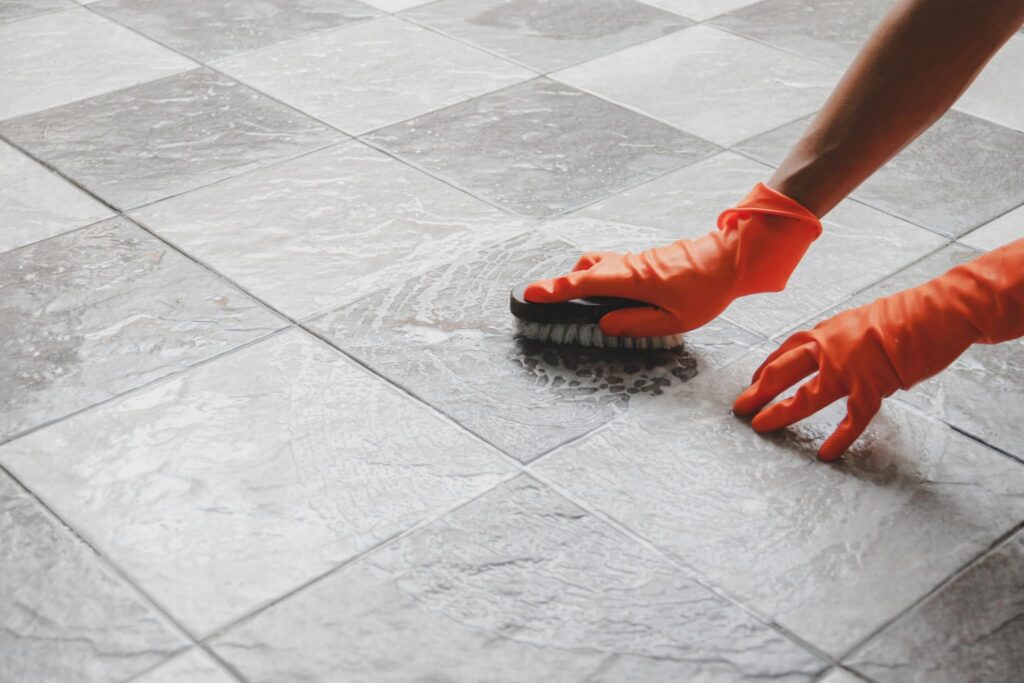
Acquiring Porcelain Pavers
As you could see, cleaning porcelain pavers is extremely easy. That, in combination with their high resistance and reliability, makes for one of the best options currently available in the market.
If you are interested in including porcelain pavers in your hardscape project, get in touch with your nearest supplier, you won’t regret your choice.
Speaking of suppliers, if you’re around the Sarasota and Manatee Counties, in FL, why not pay us here at Eagle Pavers a visit?
We have the best showroom in the region, with tons of options of both porcelain and any other stone you could wish for.
You can also give us a call at +1 941-210-4192 or reach us through our email at sales@eaglepavers.us. We’ll be happy to hear from you and help you with any paver need you might have.

